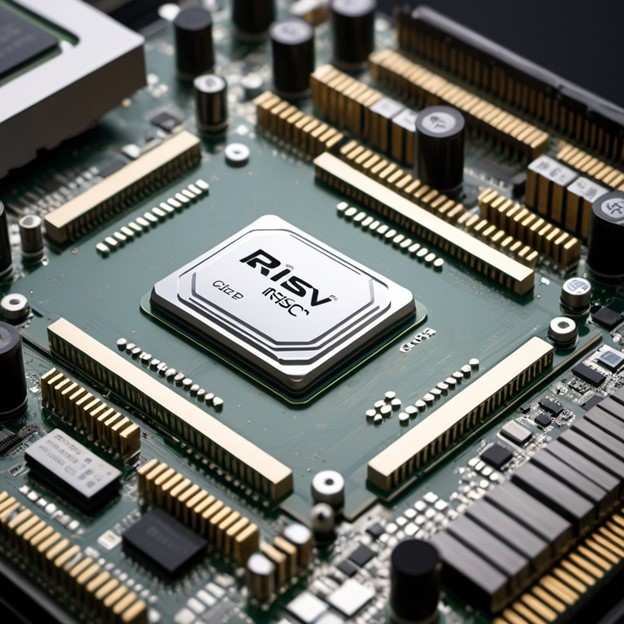X-Silicon Inc. (XSi) revealed its open-standard, low-power C-GPU architecture, combining GPU acceleration with a RISC-V vector CPU core and tightly coupled memory for a low-power, single-processor solution. It is an open-sourcing of its unified RISC-V vector CPU-with-GPU ISA and offers register-level hardware access via a hardware abstraction layer (HAL). Its NanoTile architecture in XSi’s C-GPU is designed to handle real-time data processing and dynamic graphics rendering, overcoming limitations of traditional GPU architectures.

What do we think? For over 20 years, the industry has been seeking an open-standard GPU flexible and scalable enough to support a variety of markets such as AR/VR, automotive, connected IoT and the vast embedded verticals including robotics. X-Silicon’s dynamic and highly scalable C-GPU NanoTile architecture and its capability to handle multiple tasks simultaneously or sequentially is unique in this regard.
X-Silicon C-GPU architecture combines GPU acceleration and RISC-V vector CPU core for a low-power, single-processor solution
X-Silicon Inc (XSi), a San Diego based start-up founded in March 2022, unveiled its latest innovation: the open-standard, low-power C-GPU architecture, merging GPU acceleration into a RISC-V vector CPU core with tightly coupled memory, offering a low-power, single-processor solution. XSi’s approach introduces open-sourcing of its unified RISC-V vector CPU-with-GPU ISA and provides register-level hardware access through a hardware abstraction layer (HAL). That, says the company, empowers OEMs and content providers to tailor drivers and applications with unusual customization, diverging from the closed solutions of competitors. XSi believes it has pioneered Vulkan on RISC-V with fused GPU acceleration, facilitating development on Android devices, vital for addressing diverse embedded vertical markets efficiently.
XSi’s C-GPU employs a NanoTile architecture, which the company says can address the demand for real-time data processing and dynamic graphics rendering. Traditional GPU architectures struggle with processing dynamic data, necessitating a novel approach. XSi says its processor is purpose-built for optimal management and rendering of dynamic content, surpassing the limitations of legacy GPUs. By integrating both AI/ML compute and GPU rendering, NanoTile ensures efficiency and adaptability, ideal for implementing advanced graphics algorithms.
Backed by 14 patents, the company claims its NanoTile architecture revolutionizes AI/ML compute and GPU rendering. The patents focus on optimizing data flow between processing cores and memory, reducing latencies and enhancing compute efficiency. Additionally, NanoTile’s patented IP enables deployment in edge and cloud configurations, fostering a federated model for GPU compute and offering flexibility and scalability.
XSi’s open-standard, low-power C-GPU architecture and NanoTile platform suggest a paradigm shift in GPU technology. With its support of open standards, customizable hardware access, and approach to dynamic content rendering, XSi thinks it will set a new standard for GPU architecture, empowering developers and OEMs to unlock unprecedented levels of performance and efficiency in graphics rendering and AI/ML-compute applications.
The company reports the RISC-V ecosystem is reacting positively to the launch of a new compute-graphics company that is fully committed to furthering the open-standard ecosystem.
The company plans to make its software development kits available to a select set of early development partners later this year.
For more information, contact X-Silicon at info@X-Silicon.com.